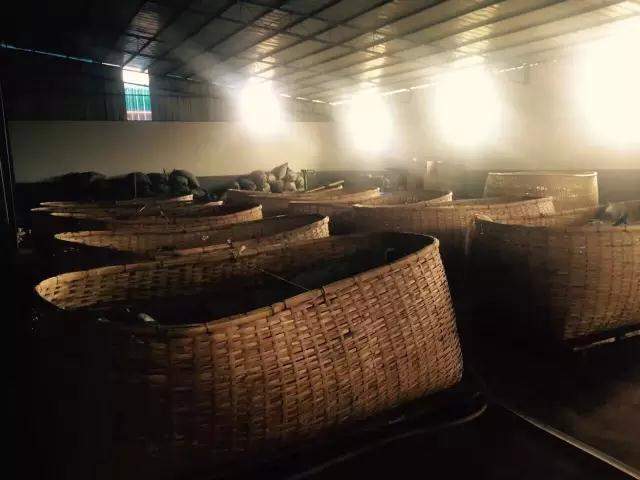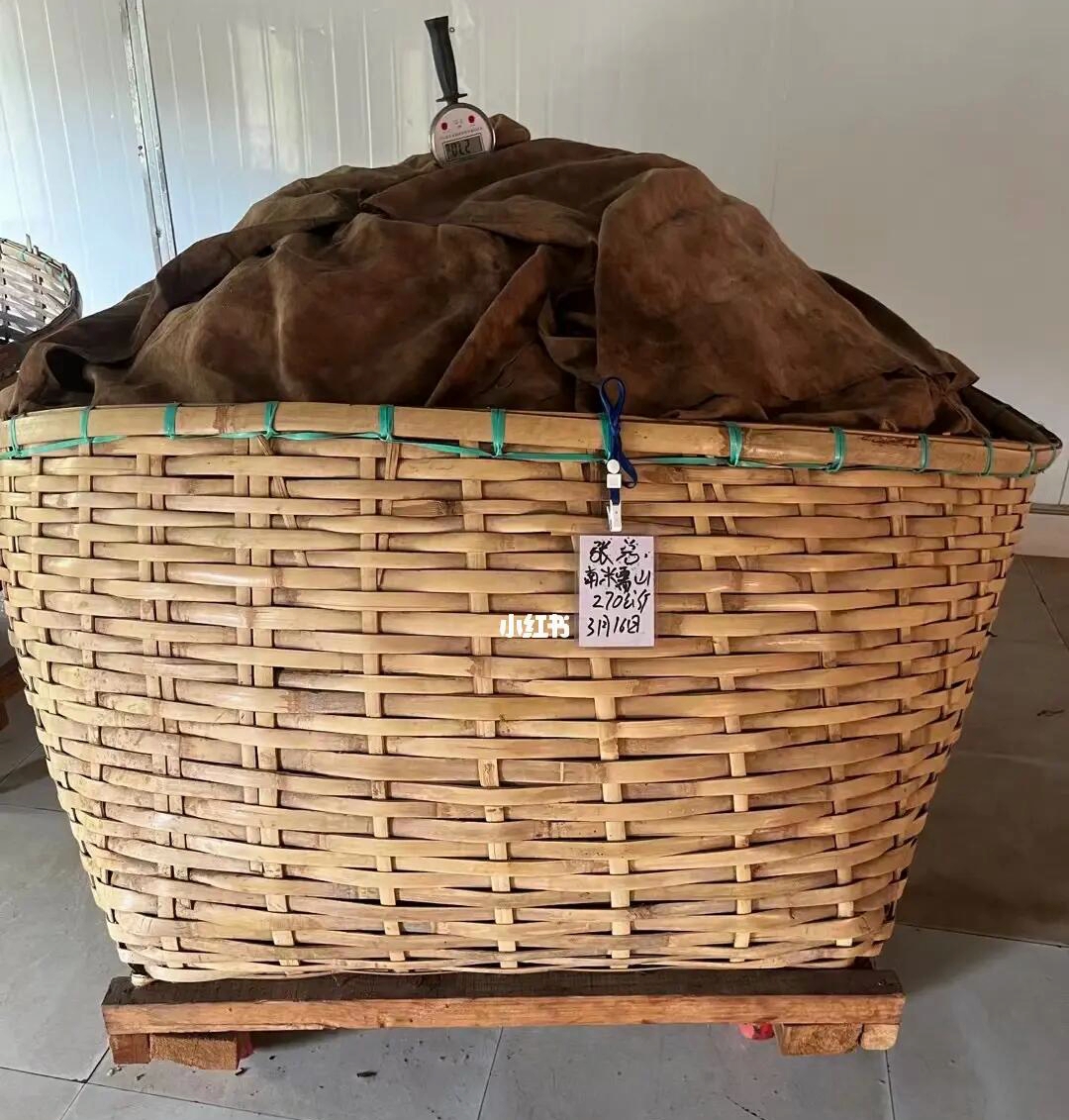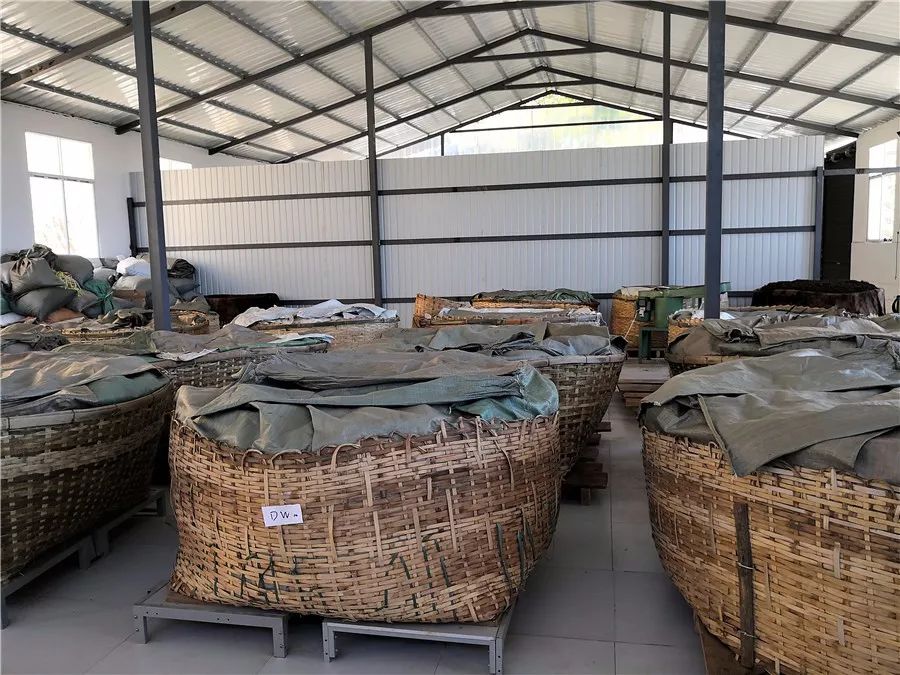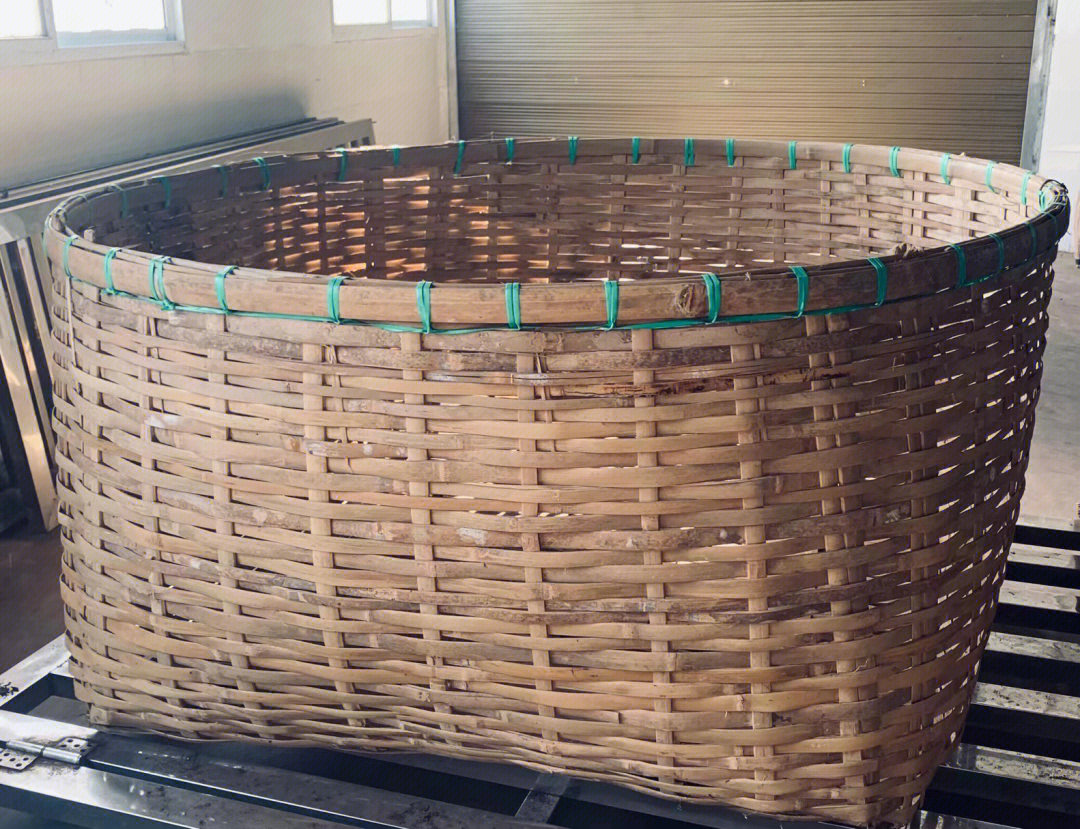The Path of Shu Puer: Fermentation in Baskets and Its Effect on Taste
Shu Puer is a type of Chinese tea that is distinguished by its unique production technology. It belongs to the category of post-fermented teas, that is, those that undergo additional processing after the initial fermentation stage.
Pu-erh has many health benefits. It contains antioxidants that help fight free radicals in the body, improve skin condition, and slow down the aging process.
The production of shu pu'er begins with the harvesting of the leaves, which are first processed into green tea. After this, they undergo an artificial accelerated aging process called "Wo Dui" (渥堆, wòduī). This stage occurs under the influence of certain types of microorganisms, including microbial fermentation, as well as fermentation by mold fungi of the genus Aspergillus.
The process of additional fermentation "Vo Dui" significantly changes the chemical composition and taste characteristics of the tea. The longer the fermentation lasts, the deeper and richer the taste of pu'er becomes. Usually it consists of mao cha (loose sheng pu'er) being collected in large piles, watered and covered with cloth. The fermentation process lasts from one month to six months, depending on the desired result and the quality of the raw materials.
Small private tea factories and small farms often use another technology for carrying out the "Wo Dui" stage - in baskets. For this, mao cha (毛茶, máochá) is first collected and formed into small piles, which are then laid out in special baskets. Usually, one basket holds up to 50 kilograms of future shu puer. This approach allows the fermentation process to be carried out in small volumes, which gives the masters the opportunity to more carefully control all processes, from temperature to humidity.
The "Vo Dui" (wet stacking) procedure in baskets is usually used to ferment expensive pu'er, the raw material for which is collected from old trees. Since such raw material is expensive and also limited in volume, large factories usually buy cheap raw material in large volumes, which are then fermented in piles of several tons each. Expensive raw material is never fermented in such huge piles, since it is not very convenient to control the fermentation processes in large piles and the raw material in large piles can spoil. Therefore, expensive raw material from trees is fermented exclusively in baskets in small volumes, so that even if some error occurs during the aging process of the tea, the loss will not be as colossal as if it happened in a large pile.
Fermentation in baskets also allows you to get shu puerh of not strong fermentation. And due to this, the tea is very good for aging. That is, after it has been pressed or simply dried, this puerh will live and change over time. You can even give such an example: in our warehouse of "Tea Line", puerh fermented in baskets gradually changes its aroma and taste parameters. Even if you make a pancake from such puerh and gradually drink it over the course of a month, then each time you will feel new facets of its taste.
Although the use of basket vodoi technology increases the cost of the finished tea, it also increases its quality. It is much easier for the master to control all processes, from temperature to humidity, than if it were a multi-ton pile. This allows for a more stable and predictable result, as well as ensuring high quality of the final product.
The Wo Dui process removes the astringency and bitterness in the baskets, leaving the Shu Pu'er with a sweeter, smoother taste than traditional pu'er. The aroma also changes significantly, moving from floral notes to more complex descriptors such as dates and bark.
Fermentation of tea in small baskets is an important stage in the production of expensive types of puer. This method allows you to control all fermentation processes, which has a positive effect on the quality of the final product.
During basket fermentation, the tea develops an aroma more reminiscent of aged sheng pu'er. Key aroma descriptors include wood, camphor, and old books (chenxiang). These aromatic characteristics are due to the fermentation process, which occurs under high humidity and controlled temperatures.
Fermentation in small baskets allows to significantly reduce the bitterness and astringency of tea, making it softer and more pleasant to taste. The result is a product with unique taste and aroma, which is appreciated by tea lovers all over the world.
Advantages of fermenting shu pu-erh in baskets:
- Control over the process: Using baskets allows brewers to control every step of the fermentation process, allowing them to achieve more consistent results.
- Product Quality: Since the volume of tea processed in one basket is smaller, it allows the tea masters to pay more attention to each individual basket. This results in a higher quality final product.
- Less wastage: When using baskets, tea wastage is minimal since there is no need to turn the pile to ensure even fermentation.
Disadvantages of fermenting shu pu-erh in baskets:
- High Cost: Due to the limited volume that can be processed in one basket, the cost of finished tea can be higher than using traditional methods.
- Takes longer: The fermentation process in baskets can take longer than traditional methods.
- Limited Volume: The volume of tea that can be processed in one basket is limited, which prevents the production of large volumes of tea.
Overall, basket fermentation of shu pu-erh offers a number of advantages, but also has its drawbacks. The choice of method depends on the preferences of the producer and the needs of the market.











